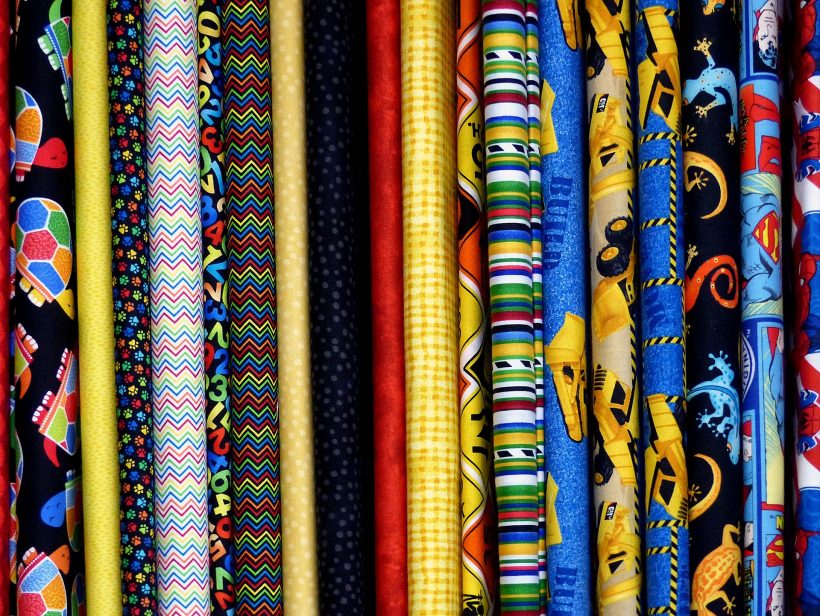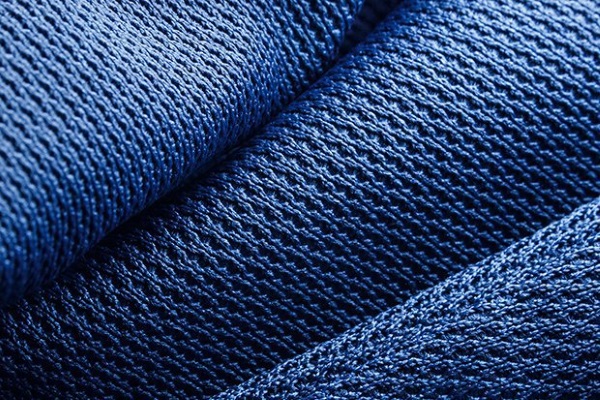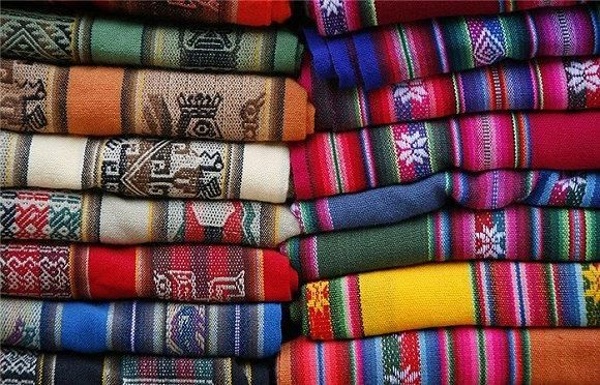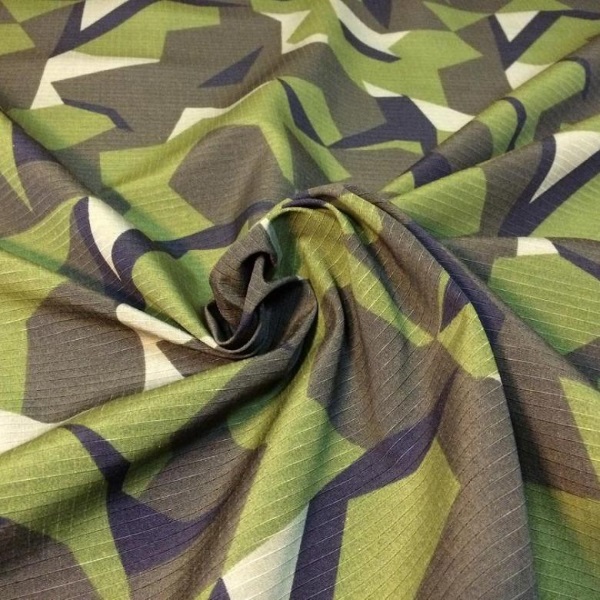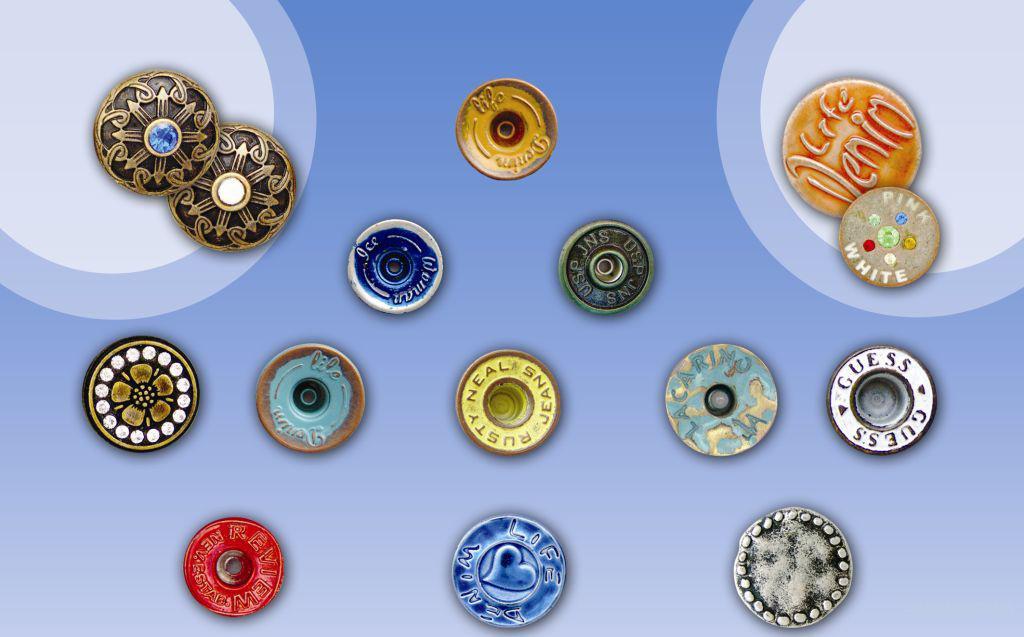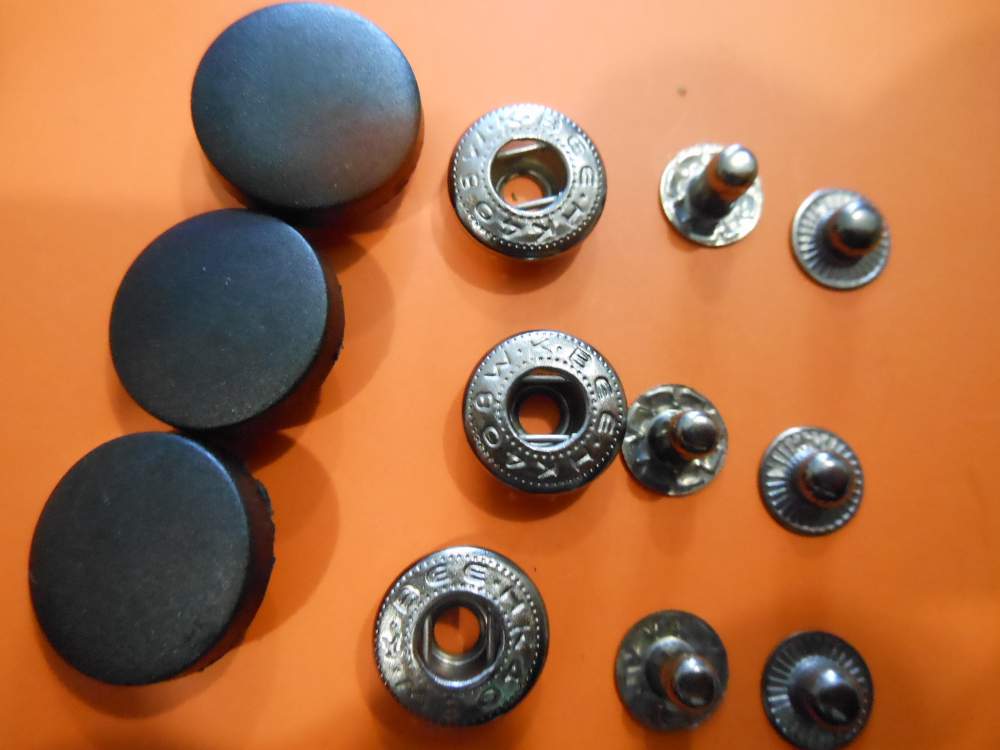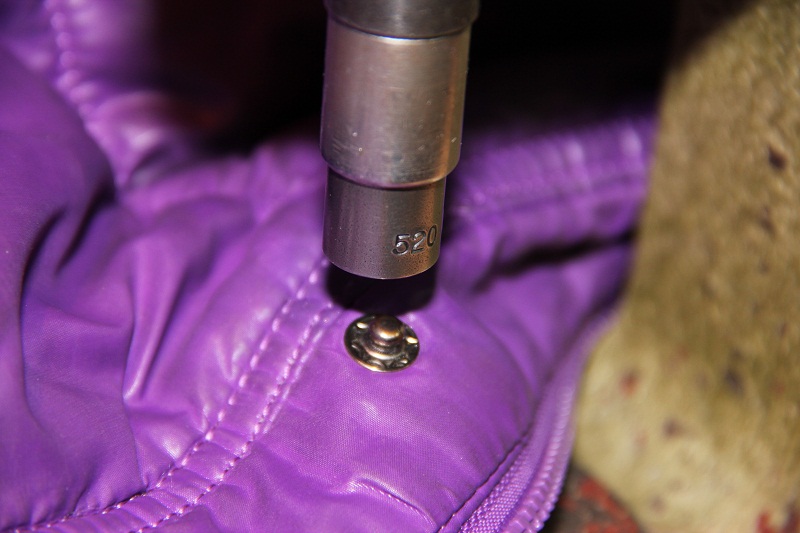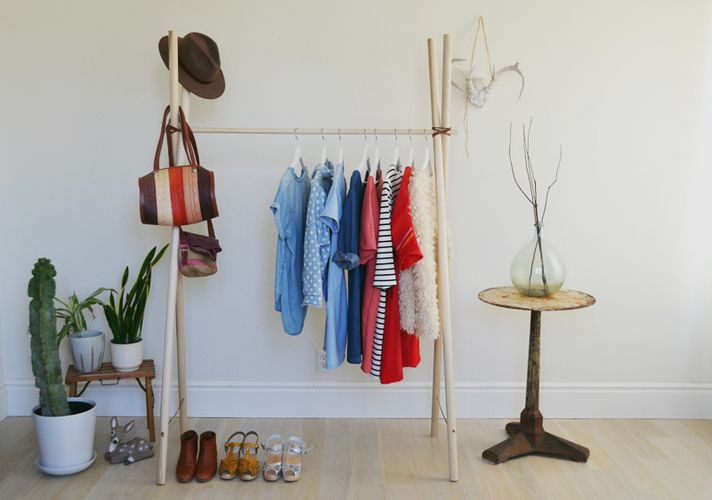The popularity and appreciation of any clothing model depends, first of all, on the fabric used to create the image. It should be fashionable, comfortable and of high quality. If these three requirements are met, the success of the product is inevitable. Types of clothing fabrics are classified by two indicators: the raw materials used to make the model and the decoration method (color, texture, effects, patterns).
Classification by composition
The appearance of a new product and its quality are determined by the structure of the fabric, namely the composition of the fibers. Natural, synthetic and mixed fabrics for clothing are used as raw materials for creating models. Each type has its own classification of fabrics.
In the first case, the products are of plant and animal origin. In the second variant, the fabric is obtained by processing oil and coal. Finally, mixed - this is a combination of several groups of fibers. When producing clothing, a combination of types of fabrics is carried out in order to find the best solution and obtain a new type of product that will have all the positive qualities of all types of materials at once. In order to correctly select fabrics for sewing a fashionable model, their characteristics, positive and negative aspects must be taken into account.
Natural
They are the most valuable material. Natural fabric does not irritate human skin, allows it to breathe, and does not cause diseases. Due to its safety, such fabrics are used to produce clothing for newborns and small children, bed linen, and underwear.
There is no place for synthetic or other artificial additives in clothes made from natural fabrics. The product is environmentally friendly and has positive properties. There are the main groups of natural fabrics:
- Silk – light, durable and elastic materials (silk, dupont, satin, crepe);
- Cotton – soft, environmentally friendly, wear-resistant, easily combined with other fabric groups (velour, corduroy, denim, satin, jacquard);
- Woolen - animal wool is used in production: sheep, goat, camel. The result is felt, cashmere, batting, drape, felt;
- Linen – have good thermal conductivity and wear resistance (flax, burlap, fine linen).
In the production of natural fabrics for clothing, no chemical or synthetic components are used, so the products are highly environmentally friendly and suitable for people suffering from skin and respiratory diseases.

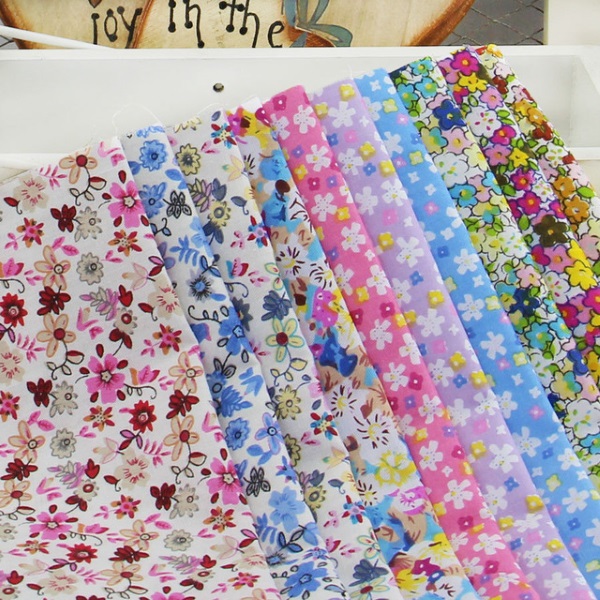
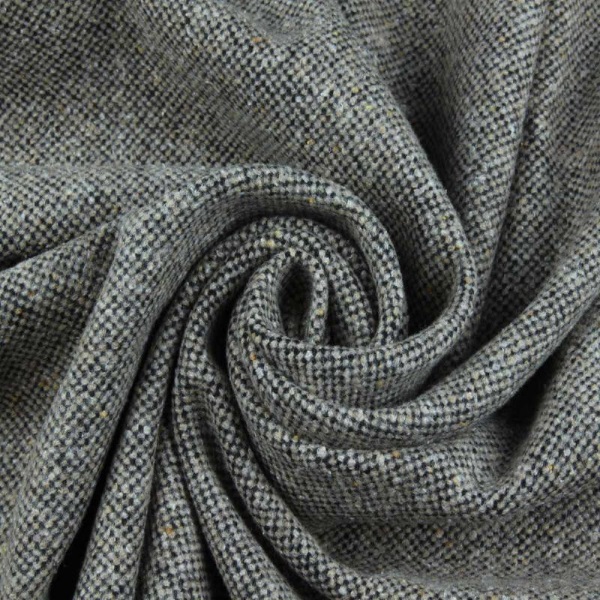
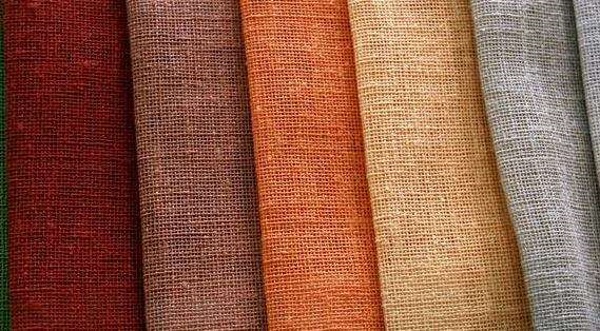
Synthetic
Such fabrics are obtained by chemical means, the raw materials for which are oil, gas and coal. Synthetic materials are suitable for sewing protective workwear, which is used in emergency situations, as well as for creating sportswear. Compared to natural fabrics, synthetics have their pros and cons.
Advantages of synthetic products:
- Long service life. Artificial materials have improved wear resistance, they are not affected by harmful bacteria, mold and fungus. High-tech fiber processing during the production process with subsequent fabric dyeing provides it with a stable color for a long service life;
- Light weight of the material. Synthetic clothing is light, water-repellent and dries instantly. Due to high demand from customers and low cost of the source material, clothing production volumes are increasing, reducing the final cost of the product.
The disadvantages of synthetics include:
- May have a negative impact on human health – people suffering from skin diseases may develop allergies;
- The material is highly electrified;
- It absorbs moisture poorly and does not allow air to pass through, reducing the hygienic characteristics of the fabric.
Recently, metallic sheen clothing has become popular in the fashion world. The effect is achieved by applying a film of real metal or alloy to the surface of the product using high-tech methods. Previously, metallized fabric was used as reflective coatings for uniforms.
Mixed
Blended products are a combination of natural and synthetic components in different proportions. The result is a strong, reliable and comfortable fabric. Clothing made from blended materials does not wrinkle, retains its shape, does not fade and is pleasant to the touch. The surface of the fabric is sometimes coated with a water-repellent impregnation.
Combined fabric is widely used in the creation of industrial samples of work suits. It is noteworthy that ready-made clothing patterns are also stitched with threads that include natural and synthetic fibers.
The method of producing blended fabric consists of mixing different fibers at the initial stage of spinning. The finished fabric looks the same on both sides.
The largest manufacturer of women's, men's and children's clothing made of mixed fabrics in the post-Soviet space is the brand "Tekhnotkan", Kyrgyzstan. The clothing samples are made qualitatively and stylishly, the models have expensive fittings, guipure and leather inserts.
Types depending on the type of clothing
Modern brands specializing in the production of fashionable clothes present such a huge number of fabrics that it is difficult to stop and choose a specific item. Comfort and convenience of clothes are provided by the material from which the product is sewn. For example, flannel and baize are more suitable for home clothes. In hot weather, it is convenient to wear light clothes made of thin knitwear or chintz. For outerwear in cool weather, you should choose warm drape or ratine. In spring or autumn, in the rainy season, the best companion will be raincoat or waterproof fabric.There are a large number of fabric names and in order to understand whether a fabric is suitable, it is necessary to be familiar with its characteristics.
Top
As soon as the first signs of cold weather arrive, the wardrobe begins to be replenished with jackets, down jackets and raincoats. Cashmere, cloth, wool, suede, leather and drape are used to create warm jackets and coats. Raincoats, denim and nylon are an integral part of windbreakers. Fur coats are a rich combination of leather and natural or artificial fur.
The main list of fabric names used in sewing outerwear:
- Cashmere is a lightweight, warm fabric made from pure wool, produced using a special method of weaving fibers - practical and comfortable;
- Gabardine is a wear-resistant woolen fabric;
- Suede – has a waterproof velvet surface. It is a thin, soft and pleasant to the touch type of leather;
- Eco-leather is a durable material on a cotton base, the pattern on the surface is made using embossing and resembles genuine leather;
- Nylon is a synthetic material that is highly durable and resistant to deformation;
- Velvet - a cotton base with a velvety texture in the form of ribs;
- Velour is a soft and dense material, depending on the quality of the fibers that predominate in the fabrics, it can be cotton, wool or synthetic;
- Drape is a woolen fabric with a smooth surface;
- Cloth is a wool material with a pile coating, it is waterproof and protects in windy weather;
- Quilted fabric - two types of fabrics sewn together, and inside there is insulation in the form of cotton wool, silicone, synthetic padding or batting. The name of the quilted fabric comes from old England, where the patchwork technique flourished;
- Denim - cotton yarn with the addition of lycra provides durability and versatility of models. Denim items are suitable for almost any type of wardrobe;
- Raincoat fabric - the basis of the fabric is made of mixed cotton fibers, suitable for use in any weather;
- Jacquard fabrics are fabrics in which natural and artificial fibers are intertwined in such a way that a relief pattern is obtained. Clothes made from jacquard are capricious and require increased attention;
- Artificial suede is soft and comfortable, the microfiber fabric has increased durability.
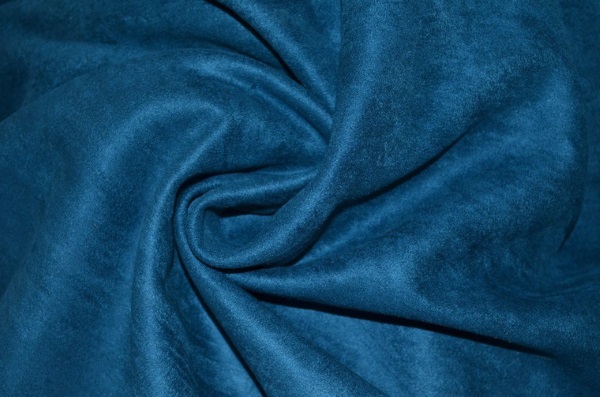
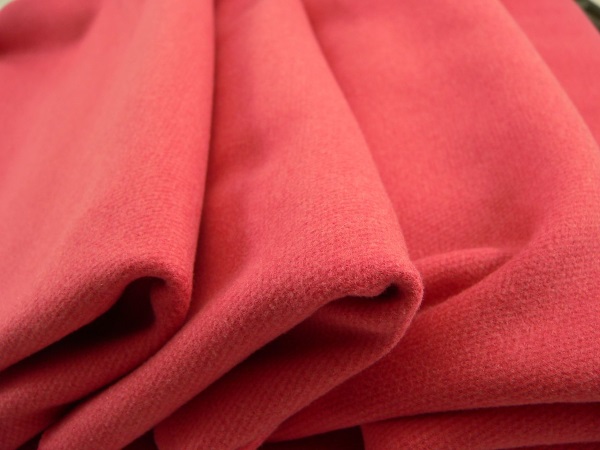
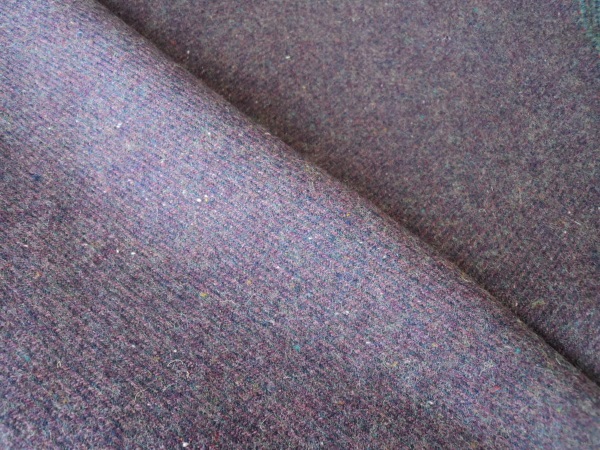
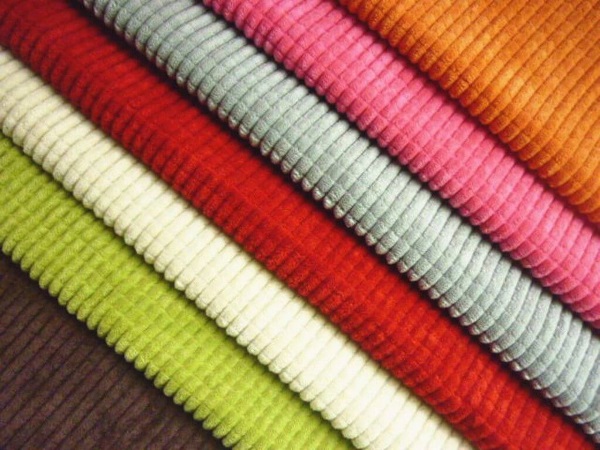
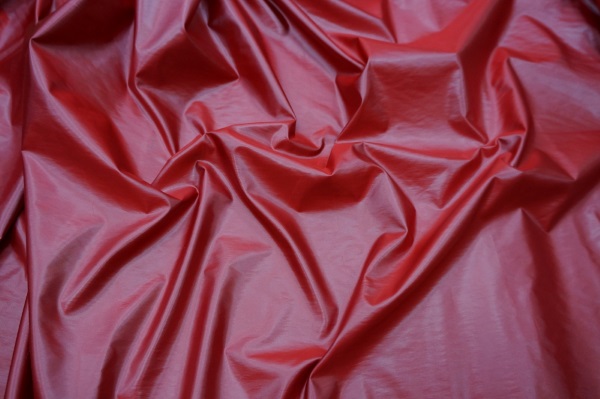


Summer
In hot summer weather, you will need light, comfortable clothing that can protect you from overheating and will not restrict your movements. The material should absorb moisture, dry quickly and ventilate the air. You will have to wash the clothes a lot, so the fabric should be selected so that after several rinses, it does not lose its color.
What fibers are used to make summer fabric:
- Hemp - the stem of the plant is used, which is processed and transformed into a thread. It has a strong structure, does not accumulate static electricity, does not wrinkle;
- Linen is an environmentally friendly product. The resulting fabric does not become electrified and is breathable;
- Chinese nettle (Ramie) – the fibers are soft, breathable, and do not rot;
- Cotton – absorbs moisture, does not wrinkle, takes a long time to dry, and is the most suitable material for hot summers;
- Silk - has a long service life, does not lose shape, the fibers are strong and shiny;
- Wool is a warm material obtained from the fur of domestic animals. For summer collections, the thinnest fiber is used;
- Lightweight denim clothing is suitable for creating summer collections for women and men.
When sewing lightweight items with a large pattern, you should avoid adding small details to the image. Such a combination will only spoil the beauty of the expensive material.
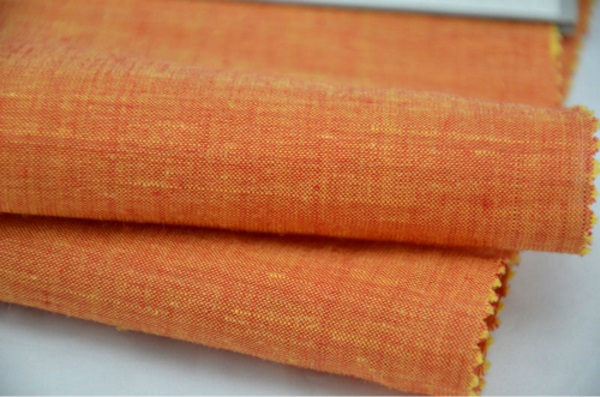

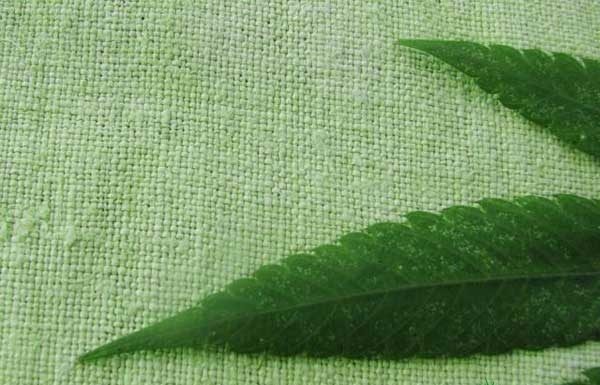
Demi-season
This type of clothing is considered the most important in the wardrobe of people who live in places with a changeable climate and a long autumn-spring period. Knitted fabric is accepted as a demi-season option. It is comfortable to wear, pleasant and soft to the touch. The material will protect against strong cold wind and unpleasant dampness. It is also convenient to use in winter.
Types and brief description of fabrics:
- Pile - has a short pile on the front side, consisting of vertical threads. The advantage of the pile coating is the ability to retain heat on the harshest winter days. The fabric is durable and long-lasting in its structure. It is widely used in both everyday clothes and festive outfits;
- Double-sided – looks the same on both sides (wool, drape, cashmere). If the fabric is worn through in some place, it can be re-faced. The price of the fabric is significantly higher than other types, but it retains heat well and is windproof;
- Textiles – the fabric fibers are arranged perpendicularly, forming a strong but not dense structure, so they provide little protection from the wind. Without a lining, things will be cold and uncomfortable.
When choosing a demi-season fabric, you need to pay attention to soft and water-repellent options. The fabric should not be too thick and dense.
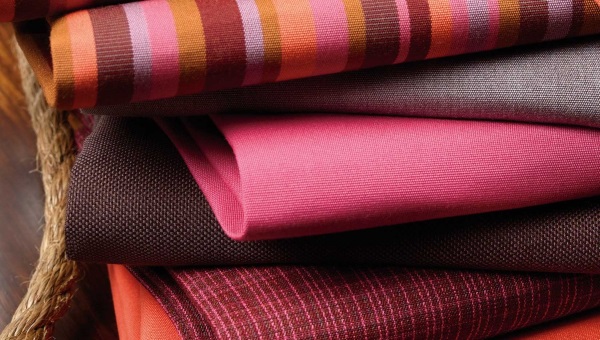

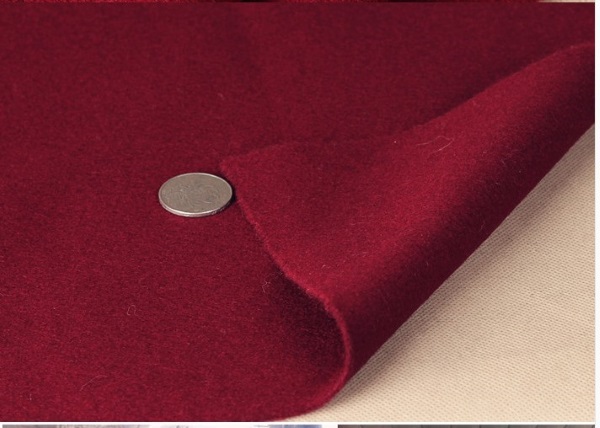
Sports
To achieve excellent results in sports, the athlete's uniform plays a special role. It should be comfortable and convenient with strong seams. Sportswear should not restrict the athlete's movements during exercise, should not retain moisture and be elastic.
The most popular material for sportswear from the list of natural fabrics is cotton, which perfectly absorbs the athlete's sweat, provides unimpeded oxygen supply to the skin, and does not cause irritation on the skin. The disadvantage of the material is considered to be low elasticity, so elastane is included in the composition of cotton fabric, allowing the clothes to fit the athlete's figure. Natural fabrics alone are not enough in sports, and to improve the wear resistance of clothing, synthetic material is added, primarily polyester. There are other materials:
- Diving is a mixed material with elements of viscose, elastane and polyester. It effectively removes moisture, dries instantly and can be used in other types of clothing;
- Taffeta – used as a lining for outerwear, as well as a cover for sports equipment;
- Duspo - no sports suit is sewn without it. The material has a velvety appearance and is additionally treated with polyurethane impregnation;
- Dazel is a knitted fabric designed to create sports options for intensive physical training;
- Mesh is the same knitwear, only the structure of the material has pores. It is widely used in sportswear and tourist models as a lining.
Fabrics used to create sportswear models must meet the following requirements:
- Long service life;
- Hygiene;
- Elasticity;
- Breathability;
- Providing comfort.
Knitted sportswear can consist of natural and synthetic fibers. The fabric is widely used in sewing leggings and tights that fit the human figure. The positive or negative sides of any material directly depend on its structure and properties.
The main advantages of sportswear fabrics:
- Allows moisture to pass through and dries quickly;
- Maintains its shape when worn and after washing;
- Long term of continuous operation;
- Does not form snags;
- Does not require meticulous care.
When creating sports models, a special mesh is used, which forms an air gap and provides ventilation.Polyester combined with cotton is ideal for sewing sportswear. The surface of such products repels water and dirt, things retain their original appearance for a long time and do not shrink when washed.

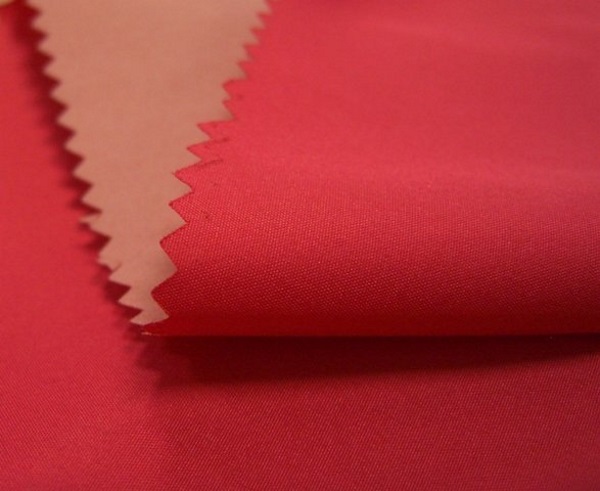
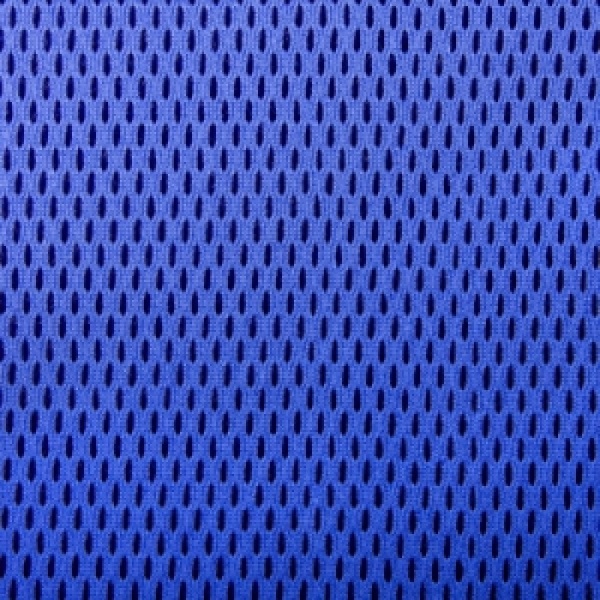
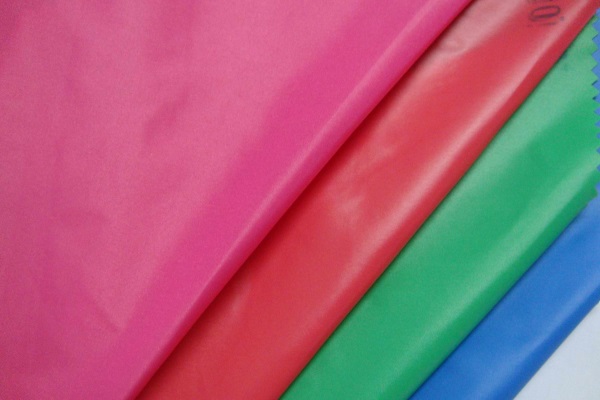
Tourist
Long trips and hikes require wear-resistant, comfortable and functional clothing. The fabric should not only wick away moisture, but also block ultraviolet rays from the sun. Cotton and polypropylene are what you need. The combination of the two materials is convenient to use in arid areas and deserts. The fact is that cotton quickly absorbs moisture, and when wet, it begins to cool down after a while, losing almost all of its insulating properties. This is where cotton begins to intensively absorb heat, so it is not recommended to use a cotton product in winter. But in a hot desert, this is the best choice.
Polypropylene, unlike cotton, does not absorb, but passes moisture and sweat through itself and dries instantly. This material is used as the main layer when sewing tourist clothing. It is easy to wear, soft, inexpensive. There are several disadvantages of the material:
- Formation of an unpleasant odor with constant wearing;
- It is not recommended to use it in high ambient temperatures, such as near an open fire. Propylene is a man-made synthetic material and can melt from strong heat.
Polyester is the next material used in sewing options for hiking clothing. What is polyester? The material is a synthetic product that can absorb a large amount of moisture. The fibers of the fabric are excellent heat insulators, they are woven into other fabrics and provide resistance to stress. The fabric is produced in different bright colors, which makes the tracksuit more noticeable.
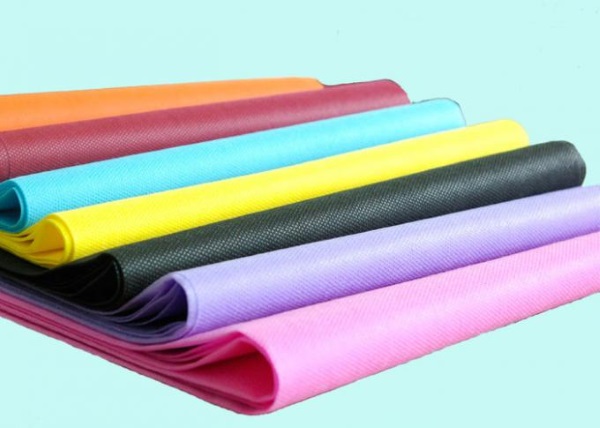


Children's
This type of clothing requires special attention when creating it. The basis of the products is natural fabrics that are lightweight, elastic and safe. The following are in particular demand:
- Chintz is a type of cotton. This material is used to sew sets for newborns and small children, as well as bed linen and underwear;
- Batiste is a leader in the creation of dresses, translucent blouses and bedding;
- Flannel – no baby product can do without it: rompers, undershirts and diapers;
- Flannel is an indispensable material for baby diapers.
Recently, neoprene has been used in sewing children's clothing - an artificial material with a high degree of resistance to mechanical and chemical influences. It is waterproof, repels dust and dirt, wears well and holds its shape.
Knitted fabric is another representative that participates in the creation of children's clothing. It has increased heat-insulating properties, does not shrink and allows the child to move freely, which is important.
There are many fabrics for children's clothing - footer, interlock, pekhorka and many others. Which of these fabrics is better, it is impossible to answer unequivocally. The determination of the source material in the creation of fabrics for children's clothing depends on the purpose of the child's clothing, taking into account many factors.

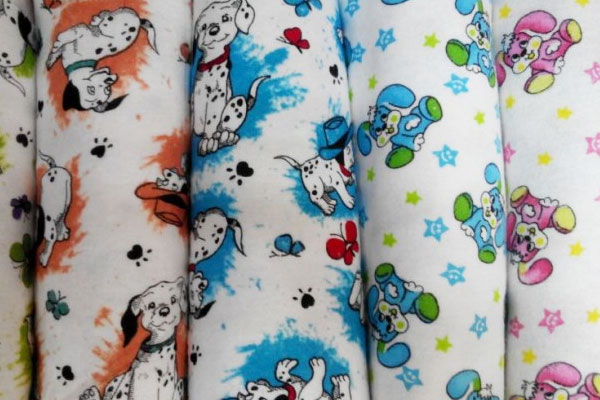
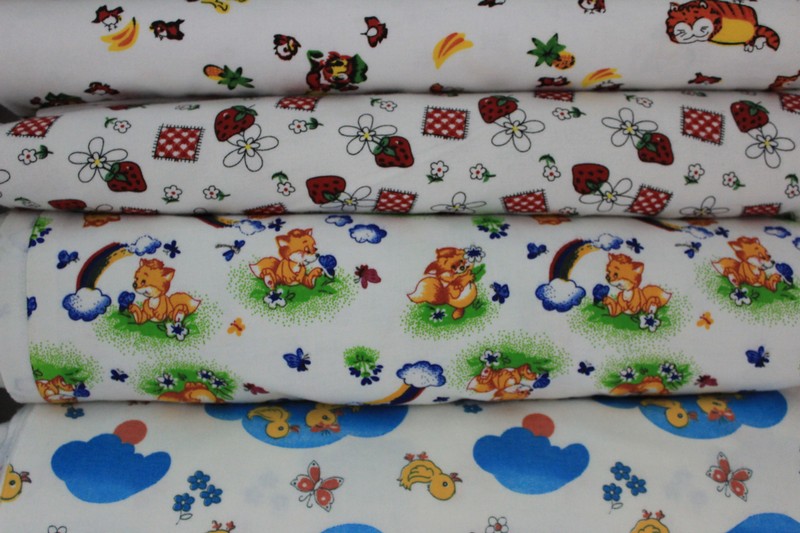
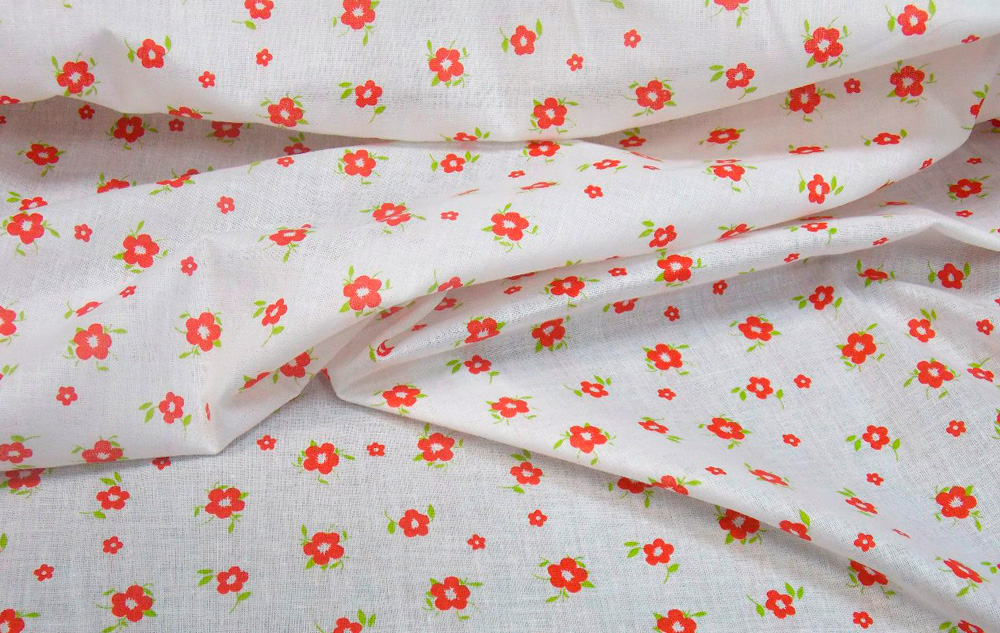
Rating of the best
All fabrics are good in their own way, each has advantages that others lack. In the fashion world, three types of the best fabrics for clothing have been identified, which are worthy leaders among the rest:
- Cashmere is at the top of the list – a soft and presentable material, widely used in the creation of outerwear models. The advantages of the material are durability and heat-insulating properties;
- Next on the list is a woolen fabric - tweed. It is inferior to cashmere in appearance, it does not seem too rich and expensive;
- The raincoat firmly occupies the third place - the appearance is quite simple, but the protective properties are at their best. It is not afraid of adverse weather conditions: wind, rain, dirt. And the cold is not scary for it, if there is good insulation.
Each buyer has the right to choose the material themselves and put it in the leading positions. Whether it will be clothes made of natural fabrics or unusual examples made of synthetics - it all depends on the taste and predisposition of a person to the manner of dressing. All the names of fabrics for clothing production are difficult to remember, but their characteristics are easy to find in the catalogs of specialized online stores.
Video

